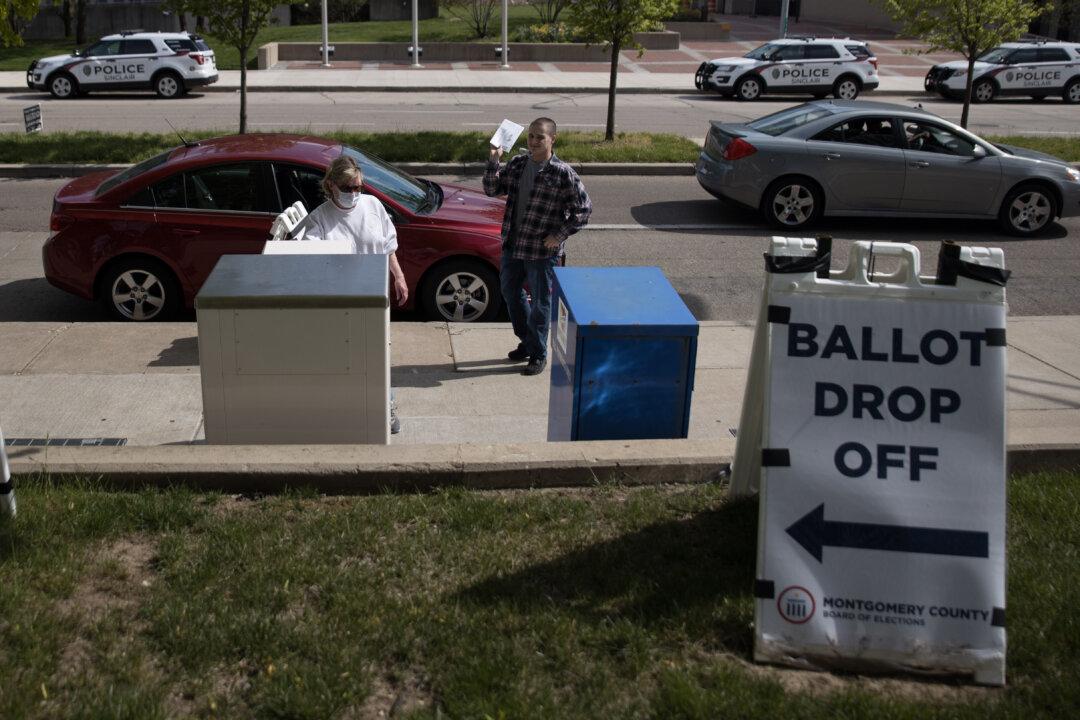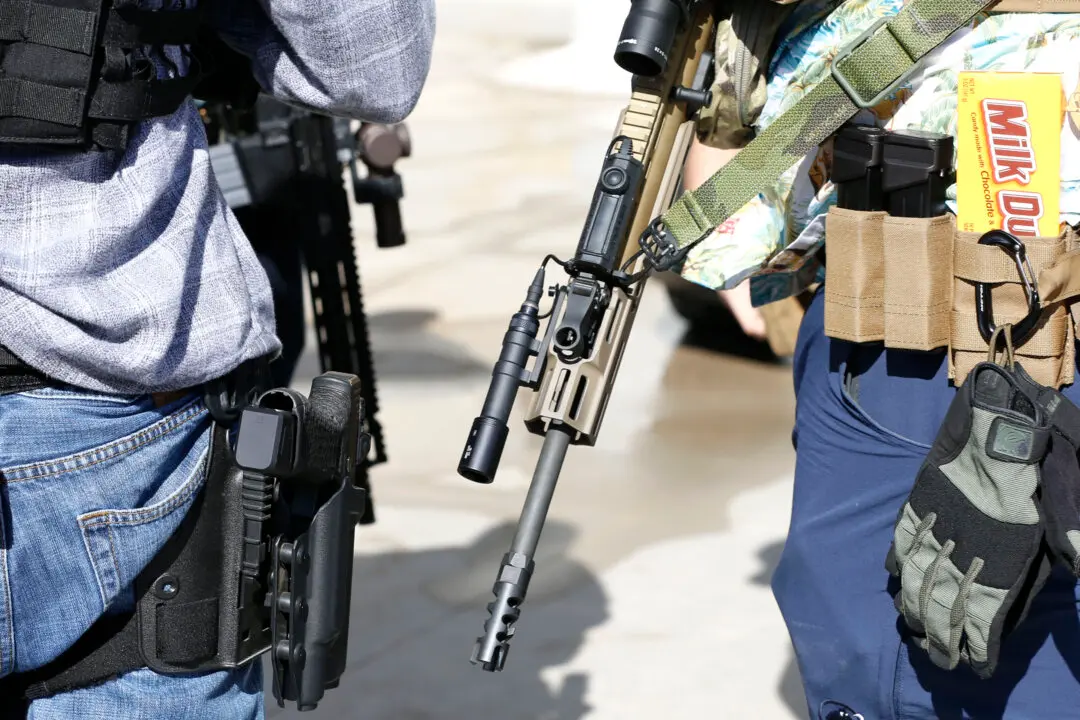Activist groups are suing Ohio Secretary of State Frank LaRose in federal court over his directive implementing state law that instructs each county to offer only one drop box for absentee ballots in the upcoming November elections.
Republican Donald Trump won Ohio in 2016. Trump won 51.7 percent of the popular vote in the Buckeye State, beating Democrat Hillary Clinton, who won 43.6 percent. Ohio has 18 electoral votes out of the 270 needed to be elected president.





